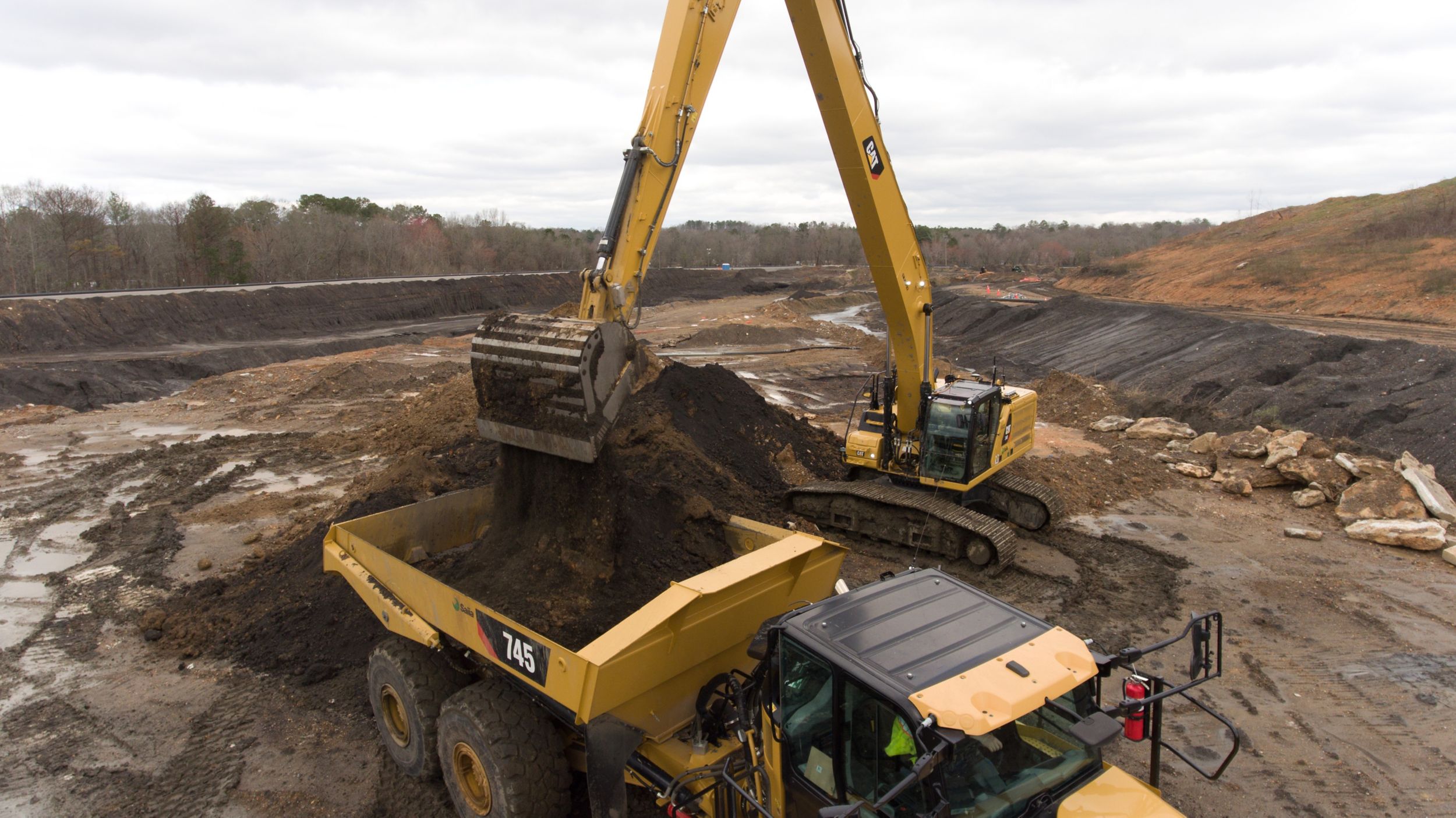Large excavators are the workhorses of the construction and mining industries, capable of moving vast amounts of earth in a relatively short period. These machines are essential for major projects, including foundation digging, mining operations, and large-scale excavation. One of the key performance metrics for large excavators is their digging depth capability, which determines the range of projects they can effectively undertake. This blog post explores the digging depth of large excavators, the factors influencing it, and how to maximize excavation efficiency.
Understanding Large Excavator Capabilities
Large excavators are defined by their operating weight, which typically ranges from 30 tons to over 90 tons. These machines are equipped with powerful engines and large buckets designed to handle significant earthmoving tasks.
The Role of Large Excavators in Construction
Large excavators play a crucial role in construction and mining operations. Their size and power enable them to tackle tasks that smaller machines cannot, such as deep excavation, heavy lifting, and the removal of large volumes of material.
Digging Depth of Large Excavators
The digging depth of a large excavator is a critical specification, as it determines the machine’s ability to perform in various construction and mining scenarios.
Average Digging Depth Range
On average, large excavators can dig depths ranging from 20 feet (about 6 meters) to over 30 feet (about 9 meters). Some specialized models are designed for extreme depths, reaching down to 40 feet (about 12 meters) or more, depending on the arm and bucket configuration.
Factors Influencing Digging Depth
Several factors can influence the actual digging depth achievable by a large excavator, including the machine’s design, the type of attachment used, and the specific conditions of the excavation site.
Machine Configuration and Attachment
The configuration of the excavator, particularly the length of the boom and arm, plays a significant role in determining its digging depth. Attachments such as different types of buckets can also affect how deep the excavator can dig.
Site Conditions
The conditions of the excavation site, including soil type and the presence of underground obstacles, can impact the digging depth. Soft soil might allow for deeper digging, while rocky or compacted soil may limit the excavator’s ability to reach greater depths.
Maximizing Excavation Efficiency
To maximize the efficiency and effectiveness of large excavators, it’s essential to consider best practices for operation and maintenance.
Choosing the Right Excavator and Attachment
Selecting the right excavator model and attachment for the specific project requirements is crucial. Consider the depth and volume of material to be excavated, as well as the space constraints of the job site.
Regular Maintenance and Inspection
Ensuring that the excavator is in optimal working condition through regular maintenance and inspection can help achieve the best possible digging depth. Pay special attention to the hydraulic system, arm, and bucket for signs of wear or damage.
Conclusion
Large excavators are powerful machines capable of achieving significant digging depths, making them indispensable for major construction and mining projects. The average digging depth of large excavators ranges widely, influenced by the machine’s configuration, the attachments used, and the site conditions. By understanding these factors and implementing best practices for selection and maintenance, operators can maximize the excavation capabilities of large excavators, ensuring project efficiency and success.




